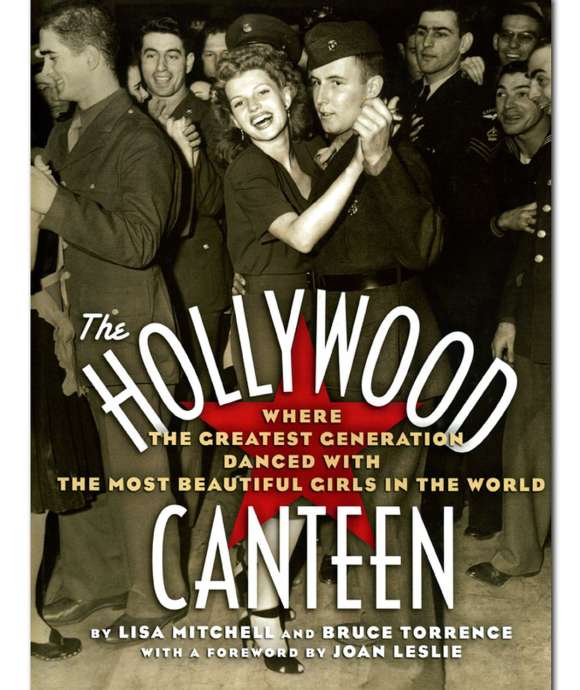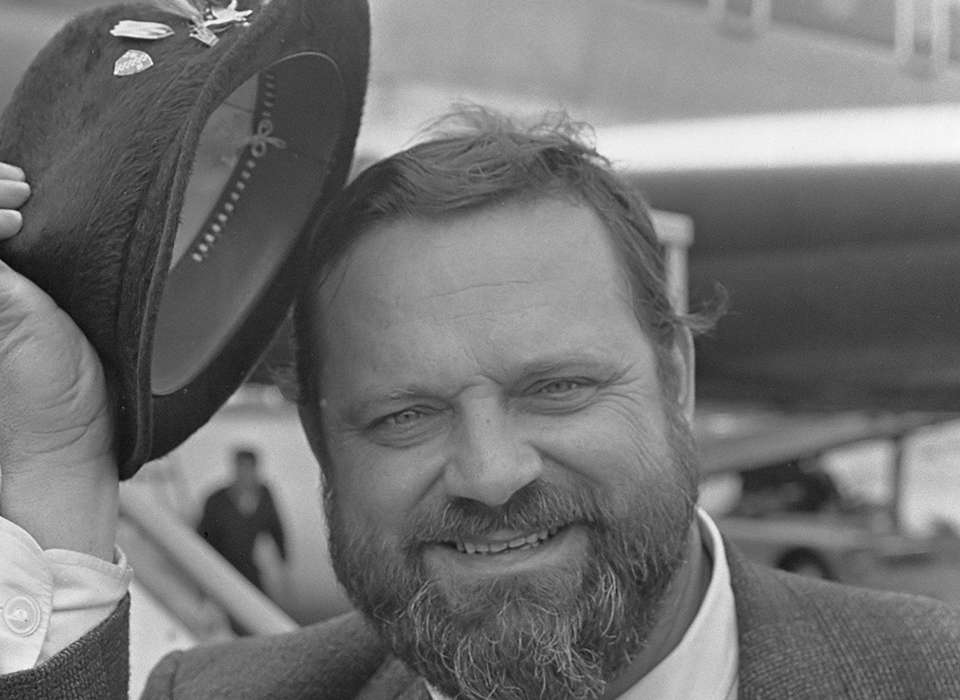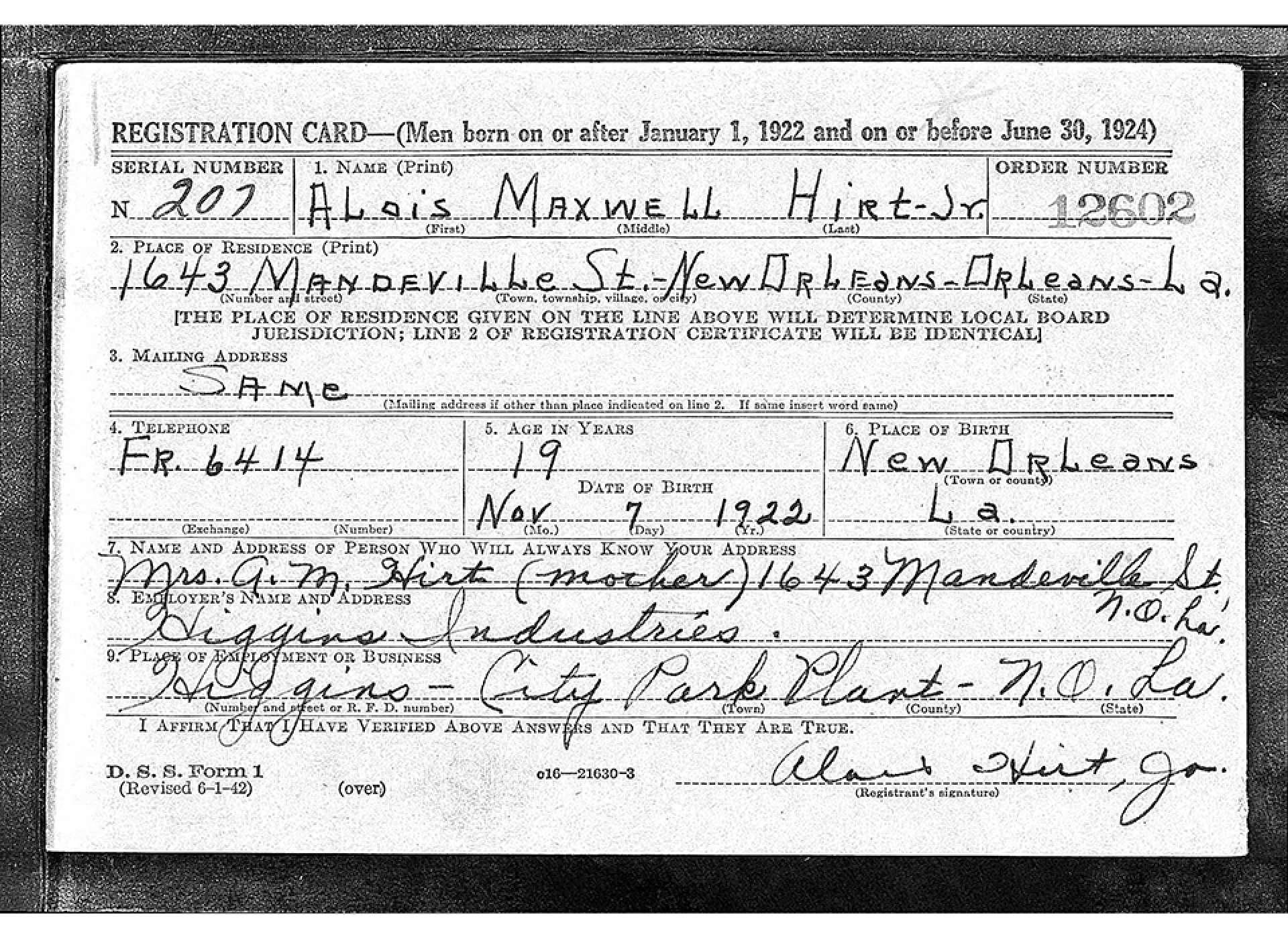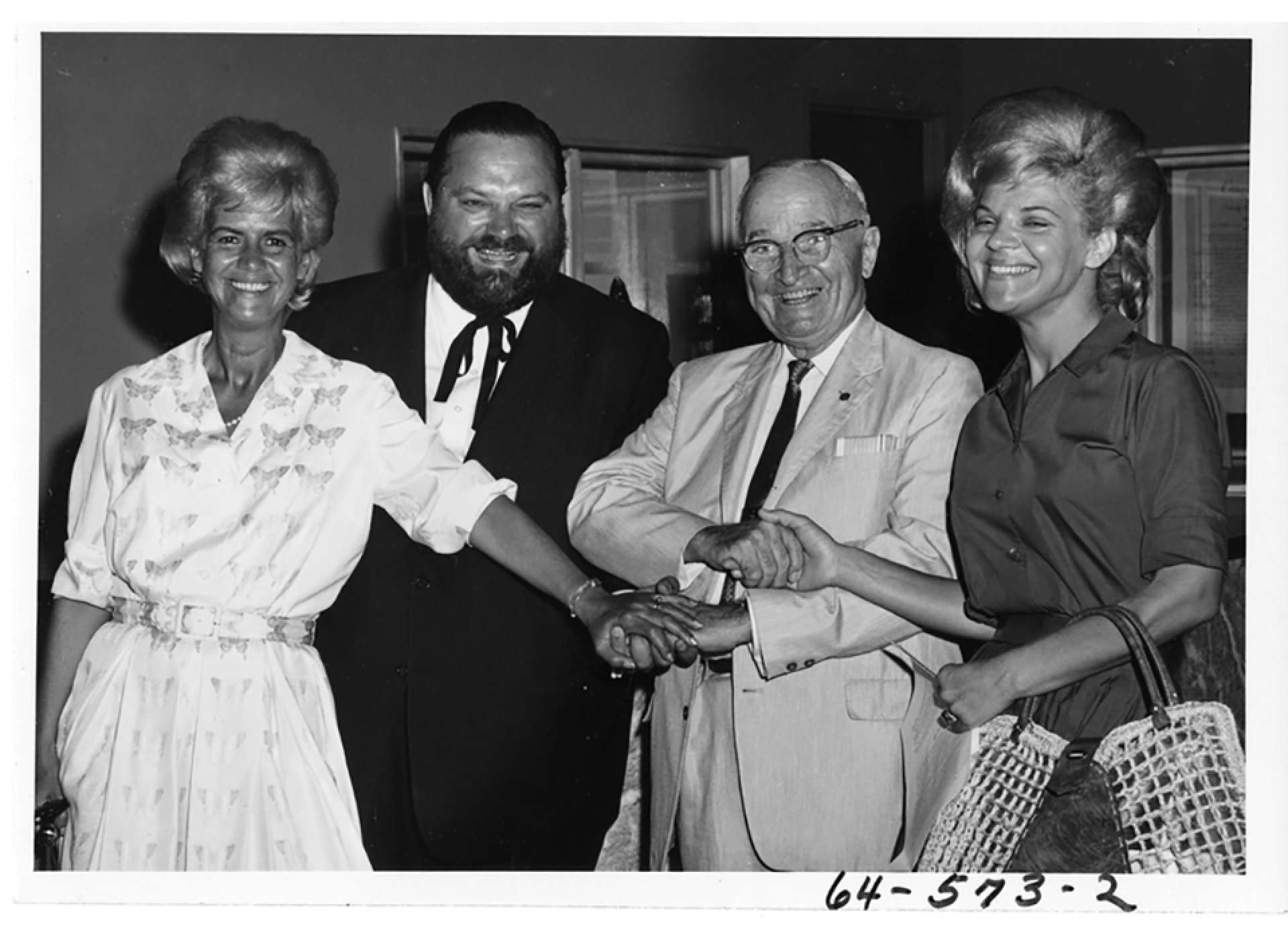Top image: Ron Kroon for Anefo. Photo courtesy of (https://commons.wikimedia.org/wiki/File:Al_Hirt_1966-2.jpg)
Last year, 2019, was the 50th anniversary of the New Orleans Jazz and Heritage Festival, one of the premier music festivals in the United States. The festival has grown immensely since its inception when 350 people turned out to witness local musicians at Congo Square, then known as Beauregard Square. Today the festival is traditionally held the last weekend in April and the first weekend in May and attracts annually over 500,000 visitors from around the world. In addition to local musicians the festival also supports major acts, which over the years have included Bob Dylan, Bruce Springsteen, and Santana among others. In 1972, the festival was moved to the New Orleans Fair Grounds to accommodate the growing number of visitors, where it continues to be held to date. Jazz Fest has been canceled this year as a result of the Pandemic of 2020, COVID- 19. For the first time in its history the music, the food, and the vendors which it is so well known for will not be heard or seen. One of the original performers to appear at the first Jazz Festival and who graced its stages for years was New Orleans, Jazz giant Al Hirt.
Alois Maxwell Hirt Jr., born November 7, 1922, was the son of a New Orleans policeman. His father gave him his first trumpet, which he purchased from a pawn shop, when he was six years old. Later that same year, the young prodigy made his first public appearance on stage at the Saenger Theater with the Junior Police Band. He studied music at Jesuit High School and in 1940 he won a scholarship to the Cincinnati Conservatory of Music. It was during his time in Cincinnati that he began to take music seriously. In 1942 he returned home to New Orleans, and the world was at war.
On June 30, 1942 he reported to the local draft board at 2515 North Robertson Street, in New Orleans and registered for the draft. At the time of his draft registration, the Hirt family was living at 1643 Mandeville Street in New Orleans. Al was working for Higgins Industries at the City Park plant. The young Hirt was already a very imposing figure weighing 230 pounds and standing six feet and one inch tall. On June 29, 1942, four months after registering for the draft, he joined the Army Air Corps. During his three years in the service, he was assigned to the 82nd Army Air Force Band, as the bugler for the unit responsible for calling reveille.
-

Al Hirt Draft Registration Card
Courtesy: Fold -

Former President Harry S. Truman and Al Hirt and family in the Harry S. Truman Library. July 19,1963
Courtesy: Harry S. Truman Library and Museum.
After the war he played with the big bands of the era including Benny Goodman, Jimmy Dorsey, and Horace Heidt. In 1950 he began his recording career and his path to stardom began. During his career, he received twenty-one Grammy nominations winning the Grammy award in 1964 for his version of Allen Toussaint’s song “Java.”From 1963 to 1965, the album Honey in the Horn, from which the song “Java” was taken, remained on the Billboard charts. Honey in the Horn was followed by another gold record, Cotton Candy.
Al Hirt became one of the most popular musicians in the United States. In November 1960 his performance at the Dunes in Las Vegas became legendary and two months later he played at the inaugural ball of President John F. Kennedy. During his life six U.S. Presidents enjoyed the sweet sound of Al’s trumpet in person, with Harry S. Truman being the first president for whom Al played.
He was a frequent guest on television shows and in 1965 he hosted his own TV show “Fanfare.” In 1967 he was the half time performer at the first Super Bowl, establishing a precedent of big name performers for future Super Bowl half time shows. Despite all his success, Hirt remained attached to his home, the city of New Orleans. He operated a night club in the French Quarter from 1961 to 1983. During that time, for a six year period, Ellis Marsalis was his house pianist. Al Hirt was the King of Bourbon Street and New Orleans Jazz.
Al Hirt was always a bigger than life figure, weighing nearly 300 pounds. Affectionately known as Jumbo by his friends, he was gregarious and loved New Orleans cuisine. He said his greatest accomplishment was being chosen to play for Pope John Paul II when he visited New Orleans in 1987. Al Hirt died April 27, 1999, in New Orleans, leaving a rich catalogue of music. To commemorate the life of Al Hirt, the official Jazz and Heritage poster for 2000 was painted by George Rodrigue, of Blue Dog fame, featuring Al Hirt.
Listen to the Al Hirt playlist by Dan Olmsted on Spotify.

The Hollywood Canteen
Support the continuing educational mission of The National WWII Museum by shopping our Museum Store book selection.
Dan Olmsted
Cite this article:
MLA Citation:
APA Citation:
Chicago Style Citation:







![Max Fuchs, New York City cantor, sings as Rabbi Sydney [sic] Lefkowitz, Richmond, VA, conducts the first Jewish services from Germany.](/sites/default/files/styles/max_650x650/public/2025-10/image1.jpg)



